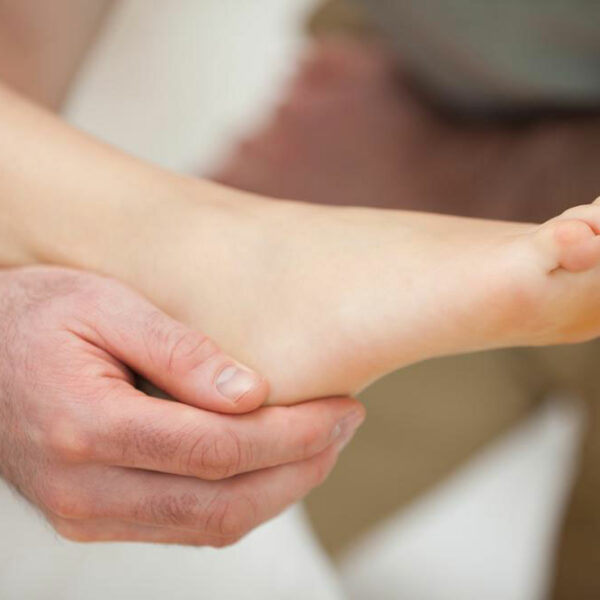
Treatments available for neuromuscular disorders
Neuromuscular disorders have affected millions in the country. This disease causes the muscles and nerves to degenerate. These muscles and nerves are responsible for controlling the movement and sensations in the body. The neuromuscular disorders have symptoms that vary widely. Some neuromuscular diseases can be a genetic disorder. There are several symptoms of neuromuscular disorders that can be used to identify the condition. Some symptoms include pain, weakness, muscle cramps, numbness, difficulty in breathing, muscle atrophy, droopy eyelids, balancing issues, paralysis, joint deformities, limb pain, movement problems, loss of muscular control and lightheadedness. Some common neuromuscular diseases include Amyotrophic lateral sclerosis (ALS), autonomic dysfunction, muscular dystrophies (MD), myasthenia gravis (MG), and peripheral neuropathies (PN). Treatments for neuromuscular disorders have been under study for many years; the treatment of neuromuscular disorders is dependent on the patient’s specific diagnosis and needs. Improving the symptoms and lengthening the mobility is the goal of the treatment for this condition. Some treatments for neuromuscular disorders are mentioned below: Nerve blocks Botox for headaches and neck pains Joint Injections Nerve stimulation for pain and other conditions Cortisone injections Therapy Not all neuromuscular disorders can be cured. However, treatments and therapies can be undertaken by the patients to control and relieve the symptoms as that helps in improving the quality of life.
